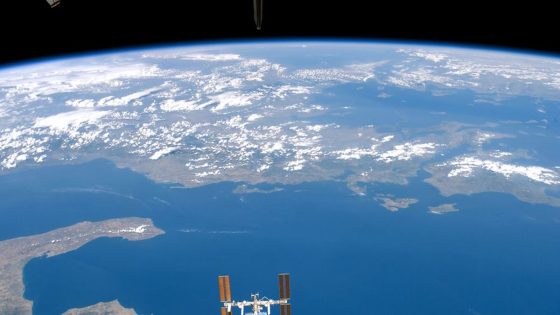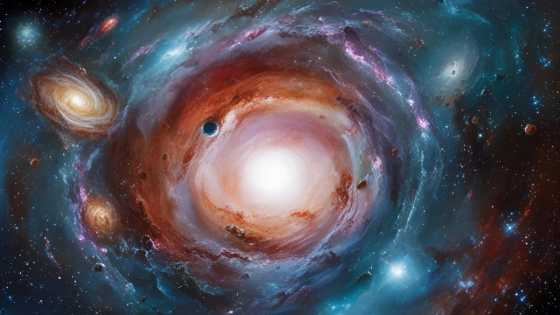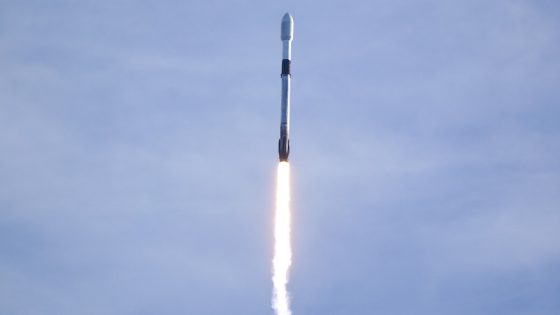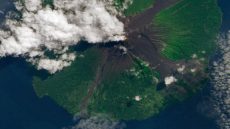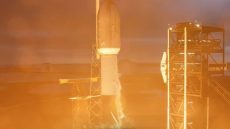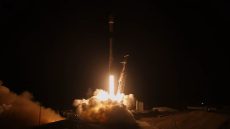Australia is the fastest-moving continent on Earth, drifting northward at 7 centimeters each year. This movement is comparable to how quickly your hair grows! But what does this mean for the continent and the world? As of April 6, 2025, Australia’s tectonic shifts raise intriguing questions about our planet’s dynamic nature.
- Australia is fastest-moving continent on Earth.
- Indo-Australian plate includes mainland Australia, Tasmania.
- Future collision could form new continent "Austrasia."
- Earth's continents are in constant slow motion.
- GPS technology struggles with shifting landmasses.
- Australia updated coordinates due to tectonic drift.
Australia’s Northward Drift: What It Means for the Future of Continents
Have you ever wondered how tectonic plates shape our world? Australia, resting on the Indo-Australian plate, is on a unique journey, drifting faster than any other continent. This movement not only alters the landscape but also affects global positioning systems used in everyday technology.
How Australia’s Movement Affects Global Navigation Systems
The constant drift of Australia poses challenges for geolocation tools like GPS. These systems rely on fixed coordinates, which can become outdated as the land shifts. For example, Australia had to update its coordinates in 2017 after realizing it had drifted 1.6 meters off course. This adjustment ensures that navigation remains accurate for users in the US and around the world.
- Australia drifts north at 7 centimeters per year.
- GPS systems must regularly update to keep up with this movement.
- In 2017, Australia officially moved 1.8 meters northeast.
- Understanding tectonic shifts is vital for future navigation technologies.
The Science Behind Tectonic Plate Movement
Tectonic plates are constantly shifting, but we rarely notice this slow-motion dance. Imagine Earth as a cracked road on a conveyor belt—some sections pull apart while others collide. This ongoing movement shapes our continents and can lead to significant geological events over millions of years.
Potential Future Changes: The Concept of ‘Austrasia’
In the distant future, the Indo-Australian plate may collide with the Eurasian plate, potentially forming a new landmass dubbed “Austrasia.” This hypothetical scenario highlights the ever-changing nature of our planet and the importance of studying tectonic activity today.
In conclusion, Australia’s rapid drift is not just a fascinating geological fact; it has real implications for technology and our understanding of Earth’s dynamic nature. As we continue to explore these changes, we must remain aware of how they impact our daily lives and the future of our planet.



